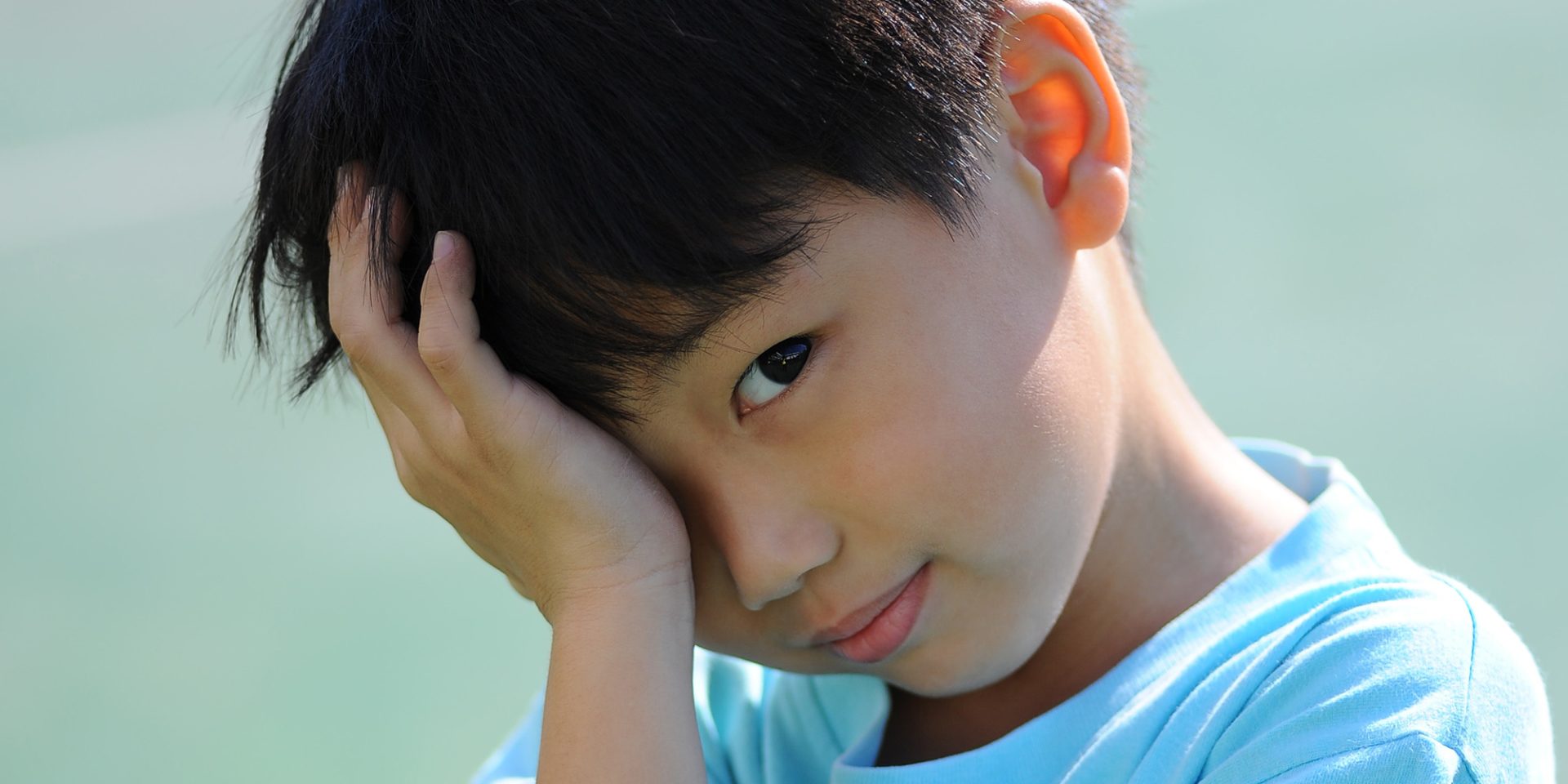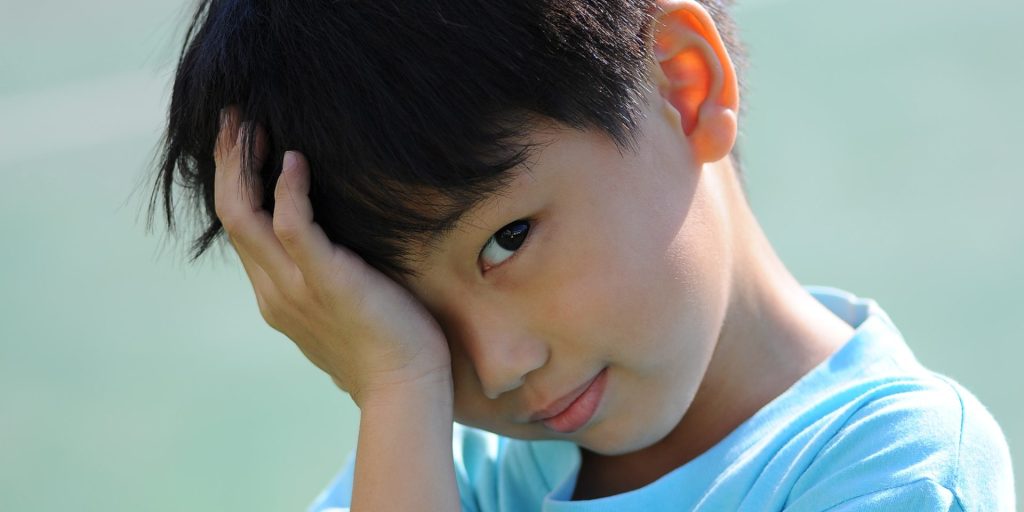
Pink eye in kids is very contagious, especially for infants and toddlers. Luckily, it can be easy to treat if it is bacterial. Learn more.
What is Pink Eye?
Pink eye, or conjunctivitis, is inflammation of the conjunctiva, the tissue that line the inside of the eyelid and cover the white part of the eye. It’s called pink eye because the conjunctivas become reddened and swollen, giving the eye a pink or red appearance.
Viral, bacterial, and allergic are the three main types of pink eye. Viral and bacterial pink eye are the most contagious, while allergic pink eye isn’t infectious. A virus causes viral pink eye, typically the same viruses that causes the common cold. Bacterial pink eye is from bacteria. Things like pollen, dust, or pet dander trigger allergic pink eye. It’s important to note that allergic pink eye can still cause redness, itching, and watering eyes, so it’s important to distinguish between allergic and contagious pink eye.
Symptoms of pink eye in kids include:
- Pink or red color in the whites of the eyes
- Swollen, puffy, or droopy eyelids
- Intense itching or burning sensation
- Tears and watery eyes
- Discharge of pus or mucus
- Crusting of the eyelids (from the discharge), typically in the mornings.
Source: The Centers for Disease Control and Prevention (CDC)
Can Pink Eye Cause a Fever?
Not everyone will run a fever if they have pink eye, but it happens as a side effect of having the infection. A fever can also be a sign of a more serious infection around the eye.
How to Tell if it’s Pink Eye
It can look a little different depending on their age. For example, with pink eye in babies, you might notice a discharge coming from their eye, making it look sticky or crusty. You might also see swelling and redness around the eye. Toddlers and older children might have a similar discharge, but they might also complain of itching or burning in the eye. They might also be more sensitive to light than usual.
Pink eye in babies or newborns can be a serious condition. If the mom has a sexually transmitted disease, she can pass bacteria or viruses into the baby’s eyes during delivery. To help prevent pink eye in babies, infants receive eye drops or an antibiotic ointment after birth. Sometimes the treatment can cause mild conjunctivitis that will typically clear up on its own.
If you’re unsure whether your child has pink eye or just regular eye irritation, there are a few other symptoms to look out for. Your child’s eye might feel gritty or sandy like there’s something in it. They might also have a sensation of tears or watering from the affected eye. Additionally, your child’s eye might be swollen, making it difficult to fully open or close.
How to Treat Pink Eye in Kids?
Viral pink eye usually doesn’t require any treatment; it can go away on its own. The CDC says the infection will clear in one or two weeks without treatment; however, some cases can take up to three weeks or longer to clear.
The CDC says mild bacterial cases can improve without antibiotics in two to five days and completely clear up in two weeks.
As for allergic conjunctivitis, a doctor can prescribe anti-allergy medication in pills, liquids, or eye drops.
If the symptoms are particularly bothersome, you can provide a warm compress for your kid to help relieve the discomfort. Simply soak a clean washcloth in warm water and place it over your child’s closed eye for a few minutes at a time. This can help reduce swelling and itching.
How Contagious is Pink Eye in Kids?
Pink eye in kids can be highly contagious. Viral pink eye is spread through sneezing, coughing, or touching a contaminated surface and then touching the eye. Bacterial pink eye is spread through contact with discharge from the infected eye, such as by touching or wiping the eye or by touching a contaminated object and then touching the eye.
So, to prevent spreading it, make sure your child keeps their hands away from their eyes as much as possible. Encourage them to wash their hands frequently, especially after blowing their nose, coughing, or sneezing. Also, avoid sharing towels, washcloths, or other personal items with them. Have your child avoid close contact with others, especially if they’re still in the contagious stage.
If you’re a parent, it’s important to clean and disinfect any surfaces or objects that may have come into contact with the infected eye, such as bedding, towels, or toys.
Lastly, if you or someone in your household has pink eye plus a fever and does not feel well enough to participate in regular activities, staying home from work or school might be a good idea.
How Long is it Contagious?
The length of the infectious period depends on a few factors. If your child has viral pink eye, it’s usually contagious for about 7-10 days from the onset of symptoms. If they have bacterial pink eye, it might be infectious for a little longer, up to 14 days.
When to See a Doctor
If your child’s symptoms don’t get better within 24 hours, it’s recommended that you see a provider for help. A pediatric urgent care services, like American Family Care (AFC) offers, is the perfect option. We can answer your questions and address your concerns. With our extended hours, you can pop in, without an appointment, after work and school to receive help.
Don’t let your kid suffer through the annoyance and pain of pink eye. Find an AFC location near you.

